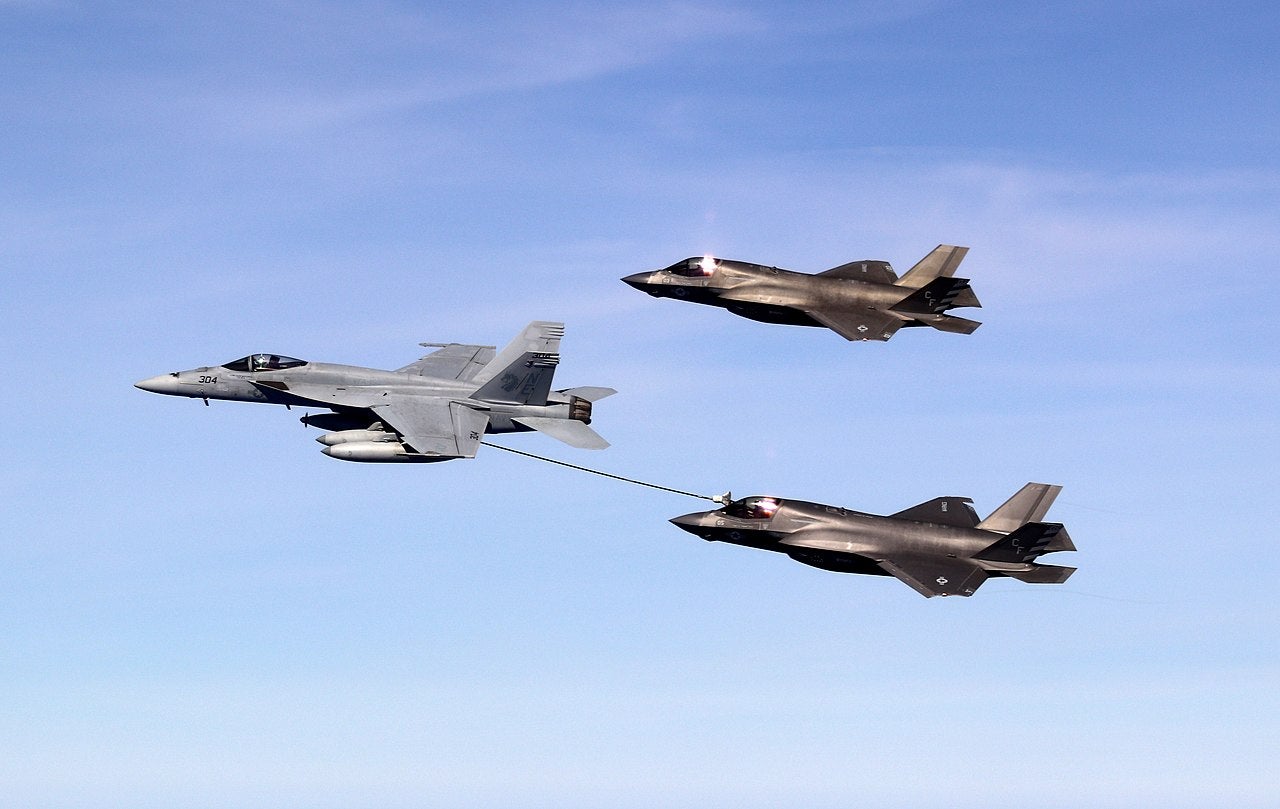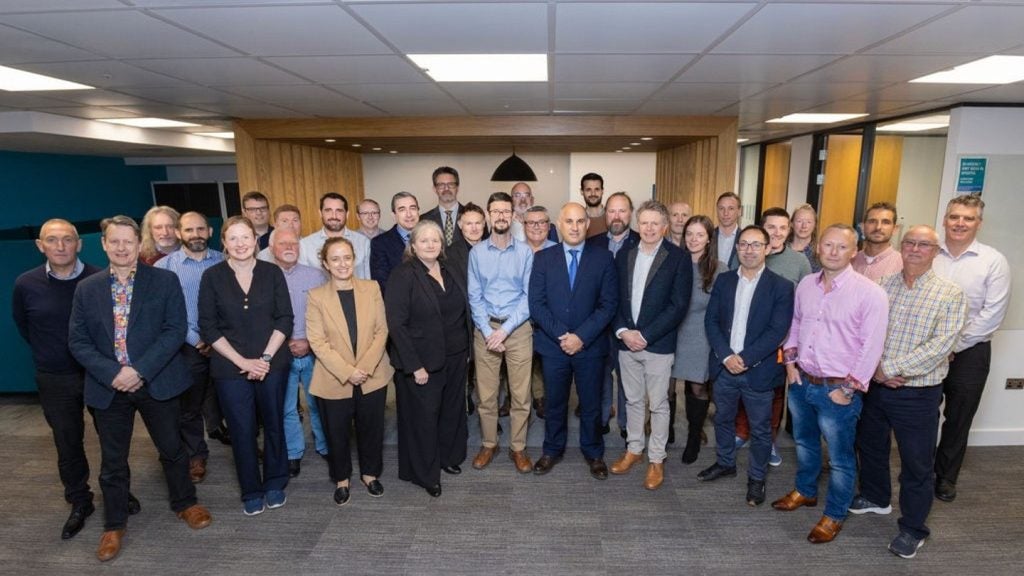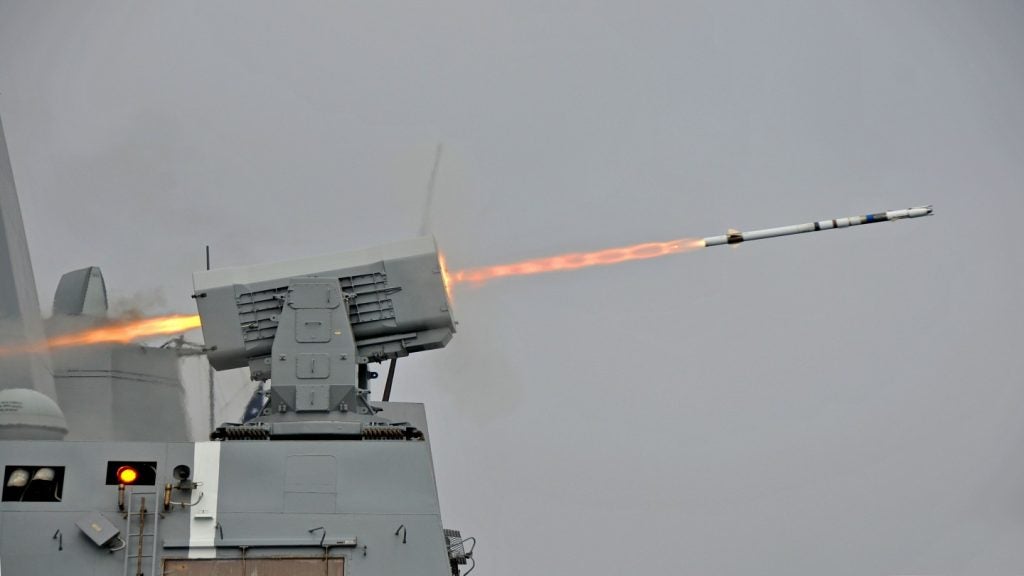
A US Marine Corps (USMC) F-35B Lightning II joint strike fighter aircraft has carried out the first drop test of StormBreaker smart weapon.
The drop test was conducted by Raytheon Missiles & Defense and the US Navy.
During the test, an F-35B pilot used the network-enabled weapon as a guided munition.
StormBreaker system’s networking capabilities as well as communication link between the weapon and a secondary aircraft, F/A-18F Super Hornet, were evaluated during the test.
After the F-35B released the StormBreaker smart weapon, the Super Hornet monitored the fly-out of the weapon via a common network.
According to Raytheon, the Super Hornet continued monitoring the weapon until successful impact.
How well do you really know your competitors?
Access the most comprehensive Company Profiles on the market, powered by GlobalData. Save hours of research. Gain competitive edge.

Thank you!
Your download email will arrive shortly
Not ready to buy yet? Download a free sample
We are confident about the unique quality of our Company Profiles. However, we want you to make the most beneficial decision for your business, so we offer a free sample that you can download by submitting the below form
By GlobalDataRaytheon Missiles & Defense StormBreaker programme director Alison Howlett said: “The weapon’s operational flexibility increases the F-35’s capability and capacity, and it helps limit the time our warfighters spend in harm’s way.”
The StormBreaker smart weapon features a tri-mode seeker to view through fog, smoke, and rain. It can use its semi-active laser or Global Positioning System (GPS) guidance to hit targets.
The weapon system is engineered to engage a wide range of threats in any kind of operational environment.
Howlett added: “It’s inherent with this weapon and absolutely critical going into a more connected, Joint All Domain Command and Control (JADC2), battlespace environment.
“It allows us to find and address potential issues before real-life testing, which drives down schedule and cost.”
Raytheon, along with the US Navy and the US Air Force (USAF) has started the weapon integration activities on the F-35 and F/A-18E/F.







